Looking for a New Place to Live? This Man Chose an Airplane
Oregon man Bruce Campbell created a home in a salvaged 727 aircraft
It’s like a scene from an episode of “Lost.” A Boeing 727 lies in the middle of the woods, suspended among the trees, as if it crashed in the forest and was quickly abandoned. The plane is eerily out of its element. But instead of finding wounded crash survivors wandering the woods looking for help, the only one you’ll find in this scene is a single man, inside the plane, lounging happily on a futon. The man’s name is Bruce Campbell, and he has spent much of his life savings converting this retired 727 into a home.
His aircraft home, residing on a forest property in Hillsboro, Oregon, is a fulfillment of his lifelong interest in aerospace technology. As a child, Campbell was fascinated with planes. He saw footage of an aircraft boneyard, where planes are left after being decommissioned from active service, and thought “Wow, wouldn’t it be cool to have one of those.” Due to a long career as an electrical engineer and some savvy investing, the 60-year-old, self-described nerd has built a sizable nest egg, which has allowed him to achieve his lifelong dream.
Campbell has equipped the airplane home with a few modest, homey touches, but otherwise the craft remains almost completely in the same condition that it was in during its final flight. From the outside it looks like it could have been up in the air just yesterday. Inside, Campbell has removed all the passenger seats, making room for his futon, refrigerator, microwave and computer desk.
"For the most part, the aerospace theme [still] dominates," Campbell said. "In some ways [my adjustments] have made it look even more like an aircraft. I replaced the original floor with acrylic floor panels, which are fully transparent so you can see the rib structure of the plane clear down into the cargo bays; you get a direct vision of the structure of the aircraft.”
Campbell acquired the plane from a scrap salvaging company for $100,000, and has since paid an additional $120,000 for logistical concerns, including transporting the aircraft to his 10 acre property. He was more than willing to shoulder the costs.
A large part of the motivation for the project came from Campbell’s personal sense of environmental responsibility. Although airplanes can remain in service for over 20 years, it is estimated that 12,000 aircraft will be decommissioned in the next 20 years, resulting in thousands of planes sitting in aircraft boneyards across the country. (Though there are efforts underway to try to recycle old airplanes.)
“It’s a waste of resources,” Campbell said. “When aircraft retire they’re fully intact, they’re ready to be moved into.” Not only are the planes going to waste, he added, but people are going out of their way to expend further resources when building traditional homes.
He explained this philosophy with an appropriately aerospace-themed analogy:
If you were an alien from outer space and you parked in orbit for awhile, you’d see humans scurrying about doing all sorts of things, including building expensive and impressive flying structures. But then, you would see the humans retire these structures from time to time and shred them, and then turn around and grab a bunch of sticks from the forest and metal spikes to pound the sticks together and call that home. My feeling is that the aliens would be a little confused. ‘What the devil are they thinking?’ the aliens would say, ‘why do they destroy their most glorious structures and then build something so primitive?’
Campbell believes that if more people joined him (and his contemporaries) in creating buildings from retired planes then we would live in not only a more resource-efficient world, but also a safer one. Although he has (fortunately) been spared from severe natural disasters, Campbell claims that planes can also withstand such stresses, such as extreme windstorms, damaging earthquakes and unprecedented flooding.
The Oregon home, however, is not quite ready yet to take on these conditions. Although the project has been in the works since 1998, there is still much more to do. Campbell said he made plenty of mistakes, particularly on the business side of things, which have delayed the project’s completion and kept it from being the streamlined model of airplane home building he wants it to be, one that he wishes for the world to follow. He has learned from the errors of his first attempt and has now begun to shift his focus to yet another airplane home, this time on the Japanese island of Kyushu. If he can’t get the project going in Japan, Campbell is determined to build a second airplane home wherever he can, with New Zealand and Australia as other top contenders.
While his focus may be shifting, he doesn’t want his original Oregon home to go unattended. “There is a great deal more to do, but frankly I am 64 years old… I’ll be looking for someone to take the reins on this project, someone who feels it deep in their heart and will carry it forward. I don’t want this project to suffer.”
Whether in Oregon, Japan, New Zealand or Australia, Campbell will always be happy to have visitors and give free tours. Information is available at AirplaneHome.com.
“I recommend that everybody maintain an exploratory mindset. At times when one flies, set aside a minute to envision the aircraft before you without its seats and without all those other passengers. Imagine it much more open, imagine the feel of the aerospace technology as if it were your home, with lots of elbow room, no crying babies, and configured the way you like it. Being immersed in aerospace technology is a really genuine thrill, it’s a step above common domiciles. It's fun.”
/https://tf-cmsv2-smithsonianmag-media.s3.amazonaws.com/accounts/headshot/Screen_Shot_2014-06-23_at_2.31.39_PM.png)
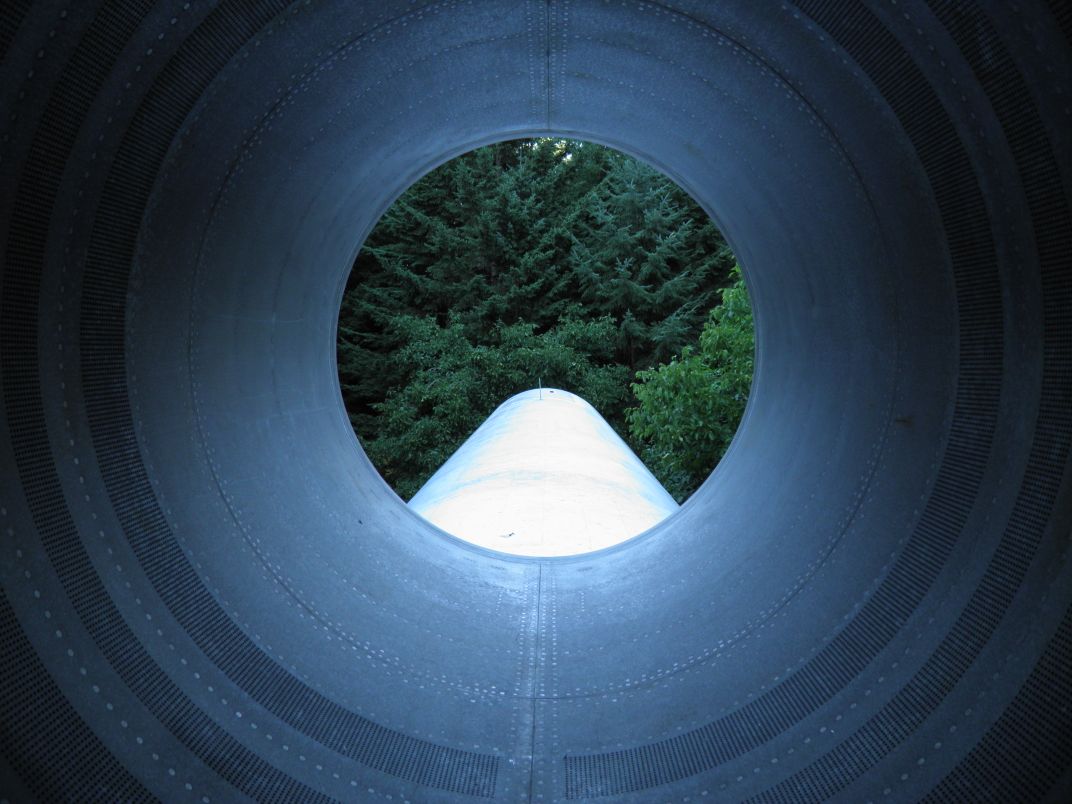
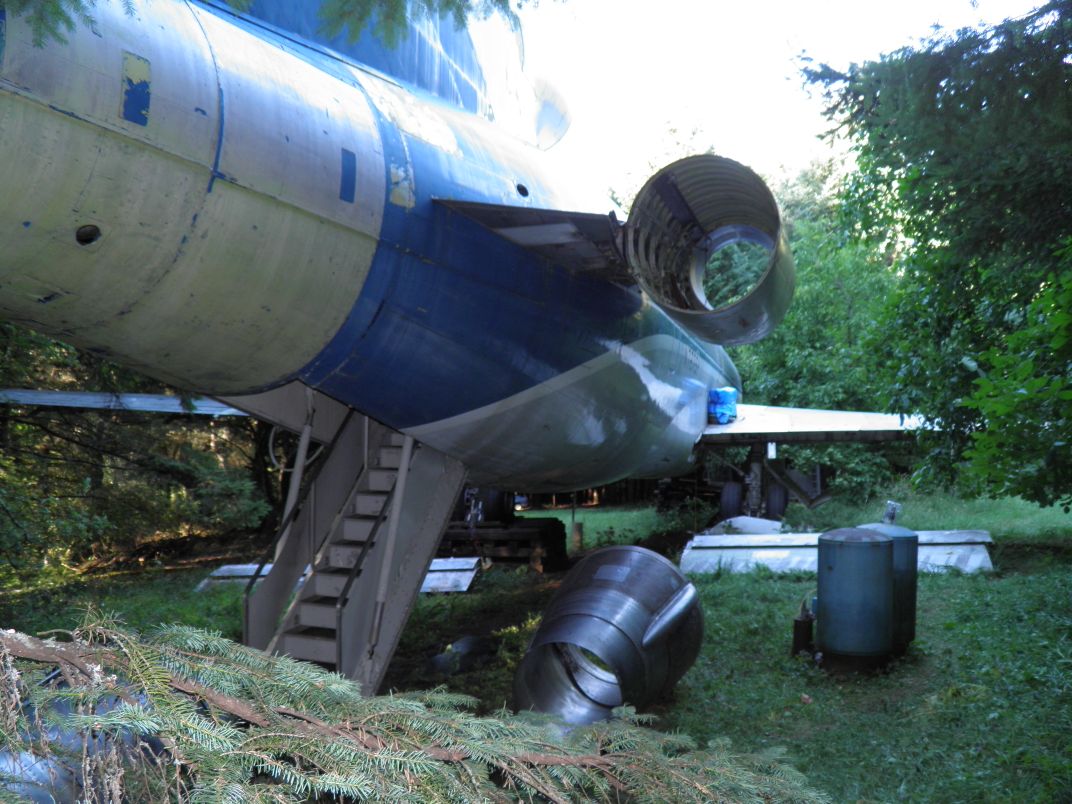
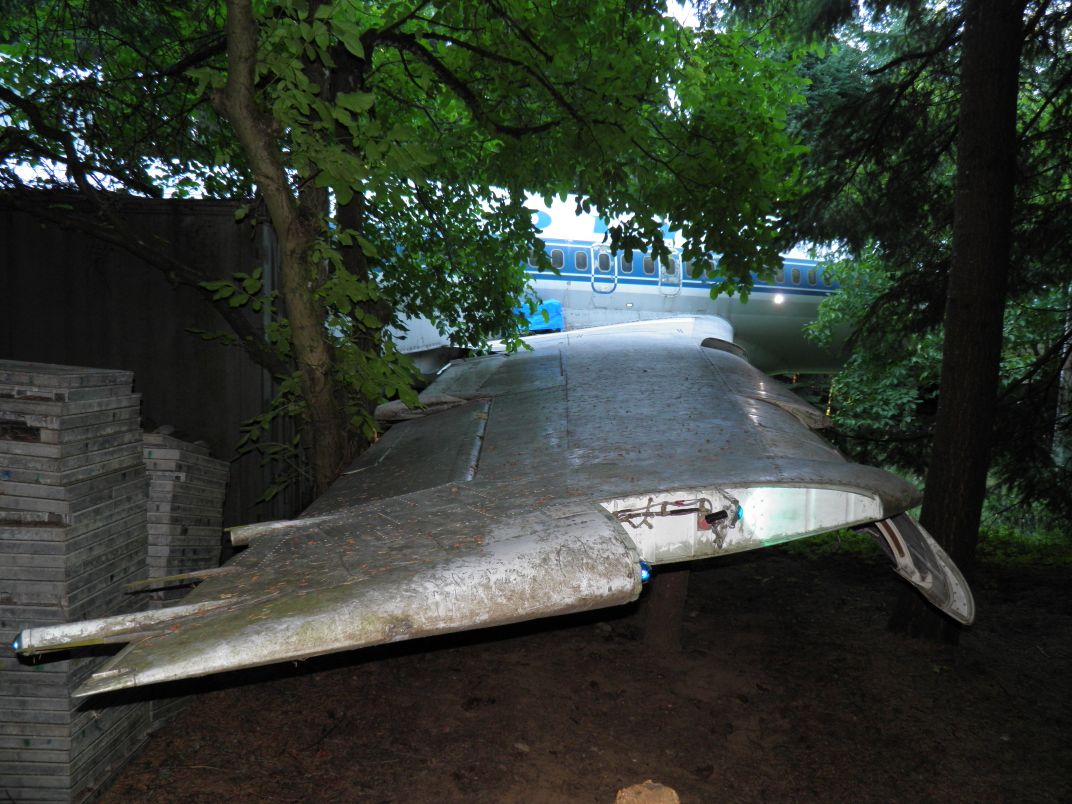
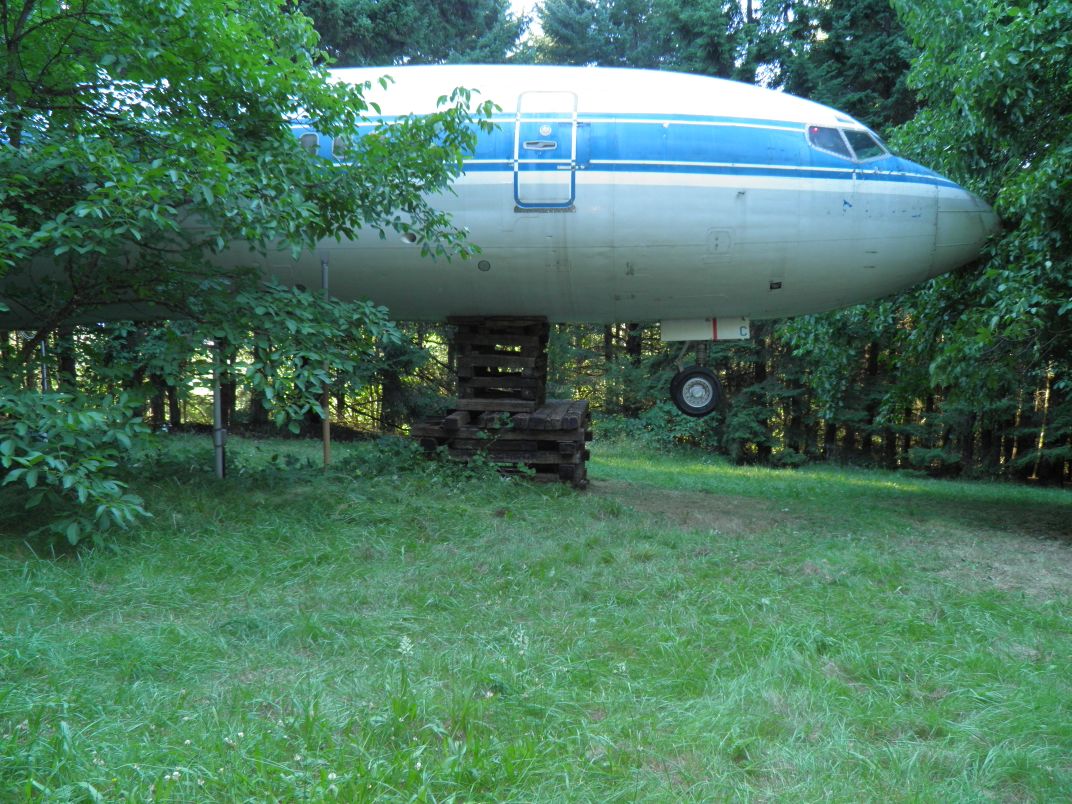
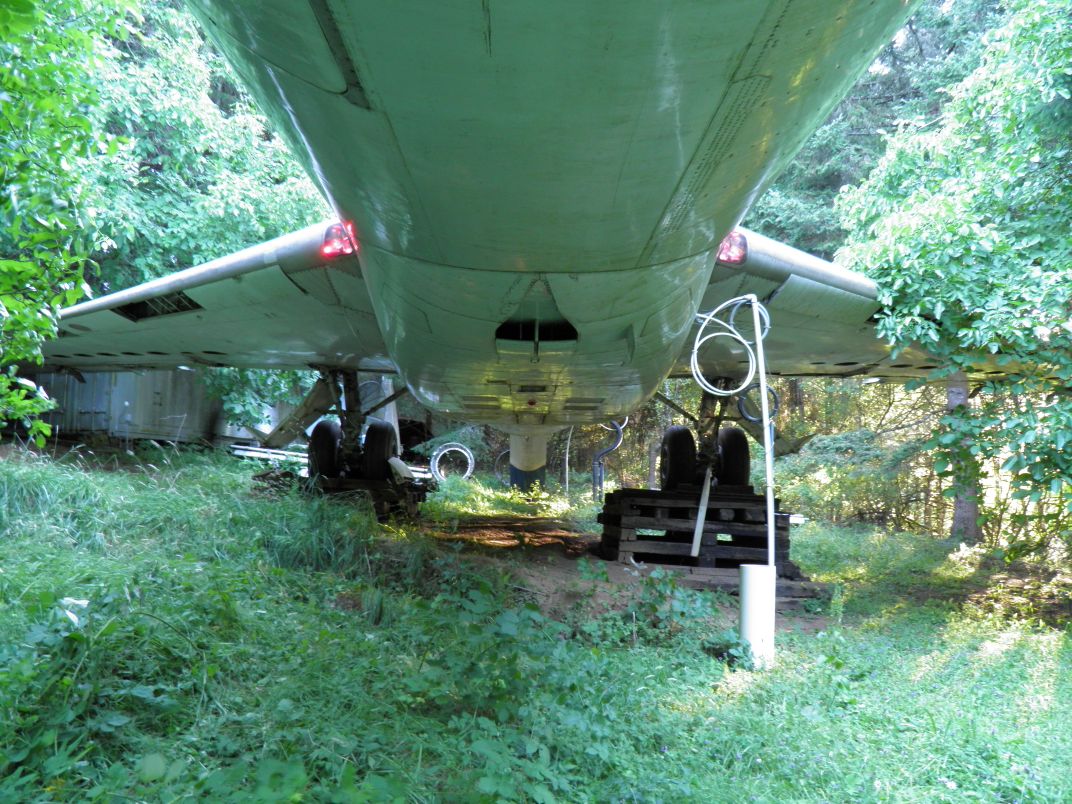
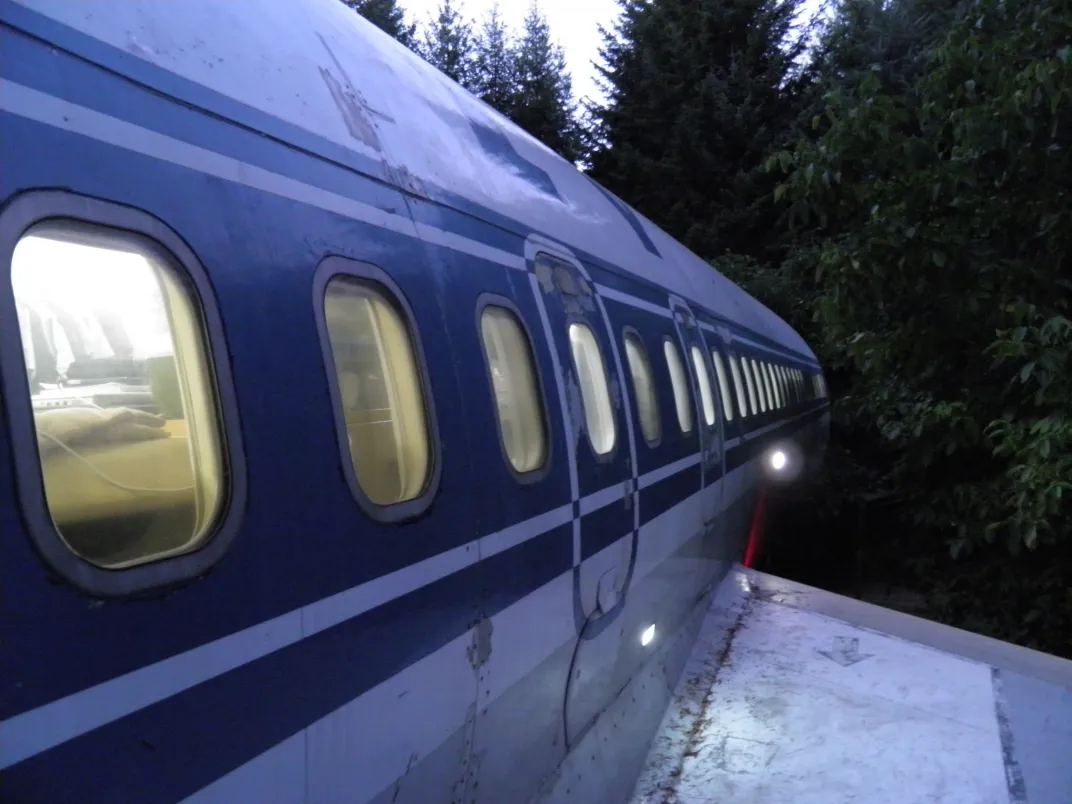
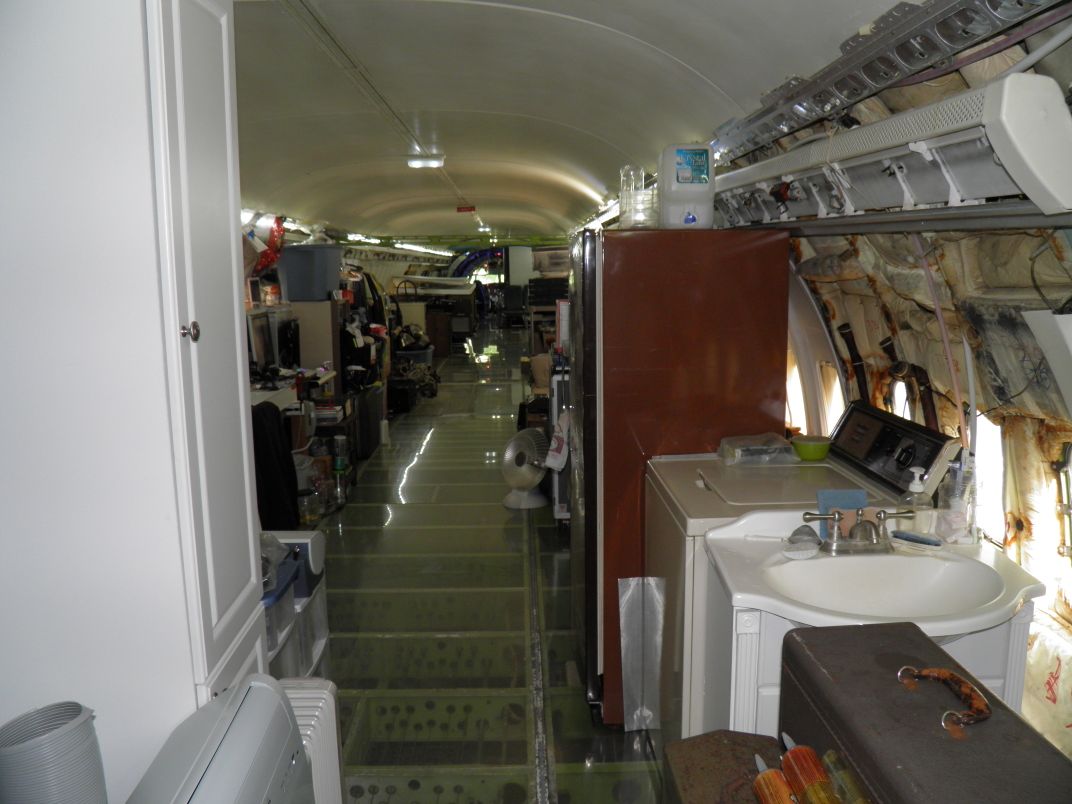
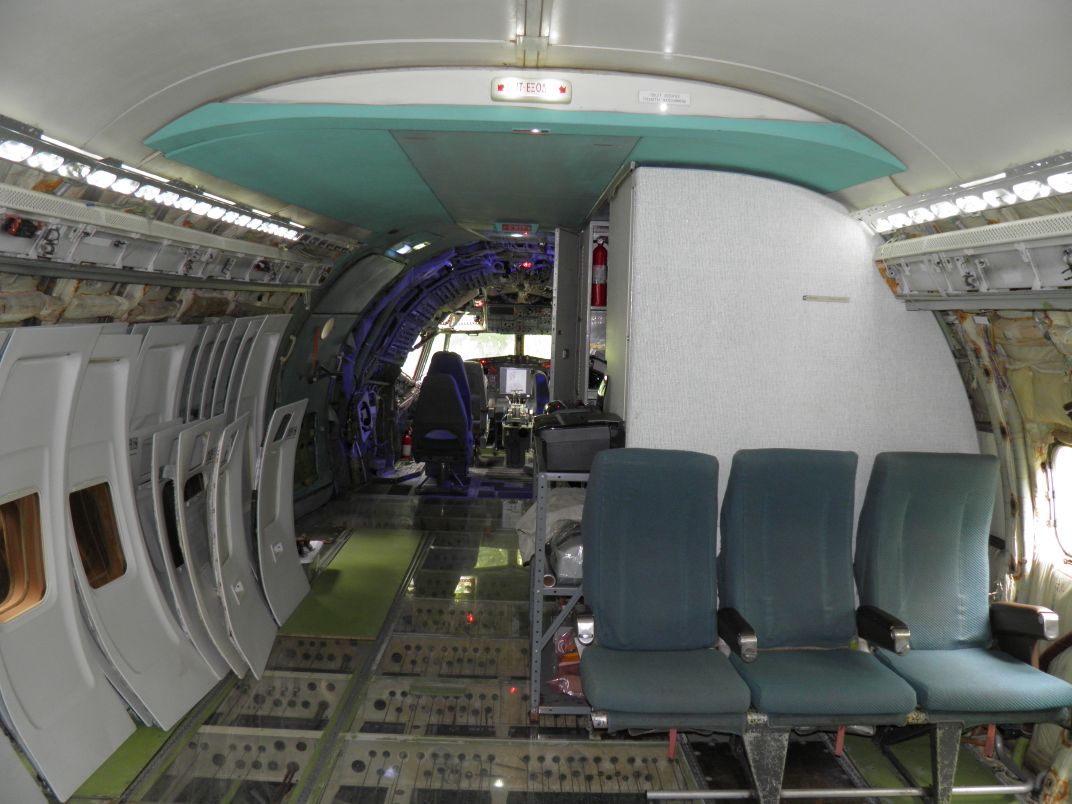
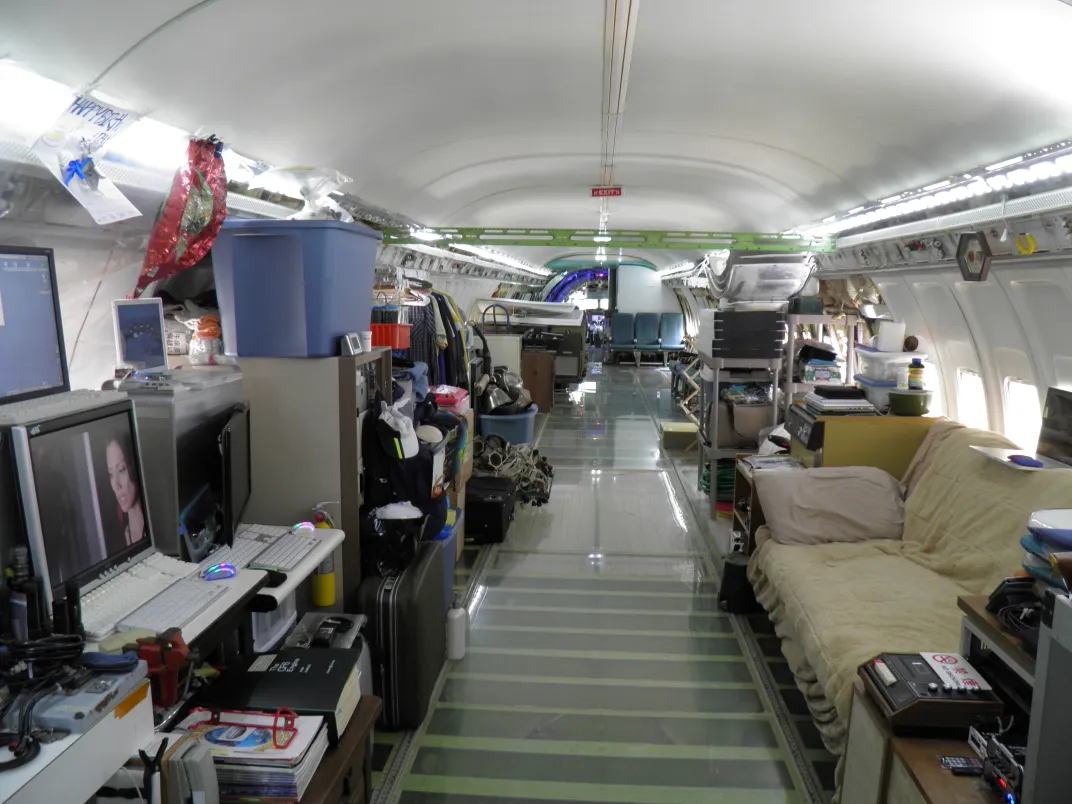

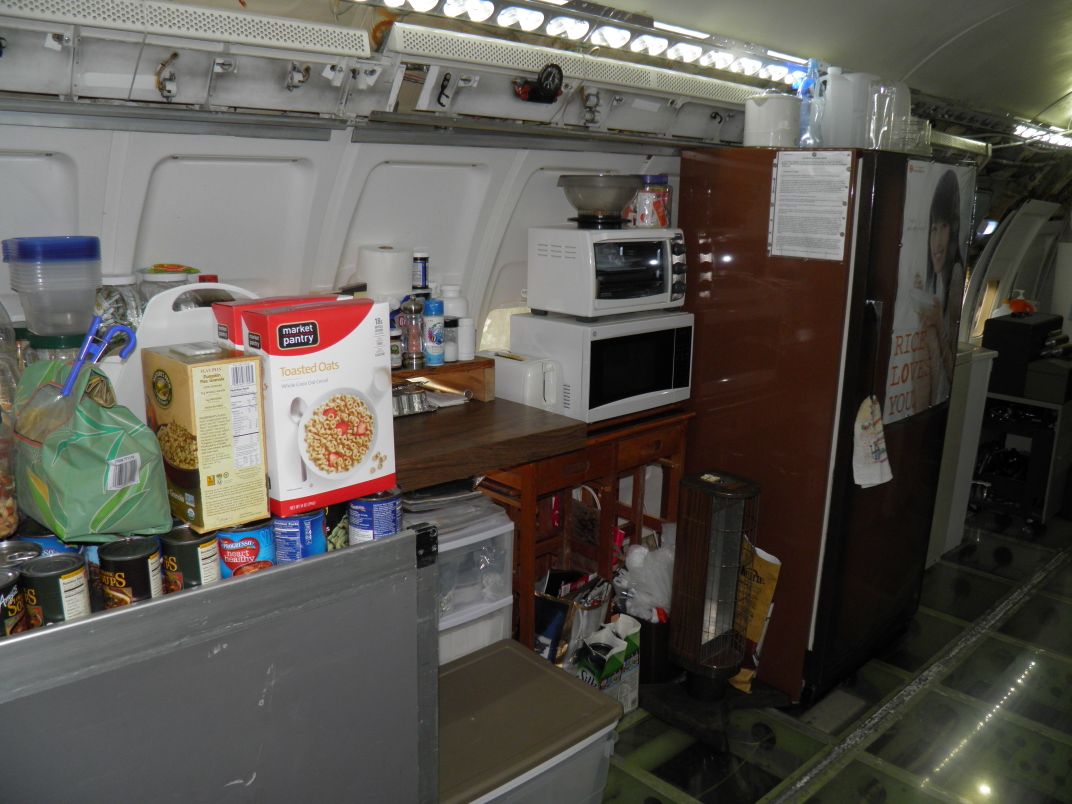
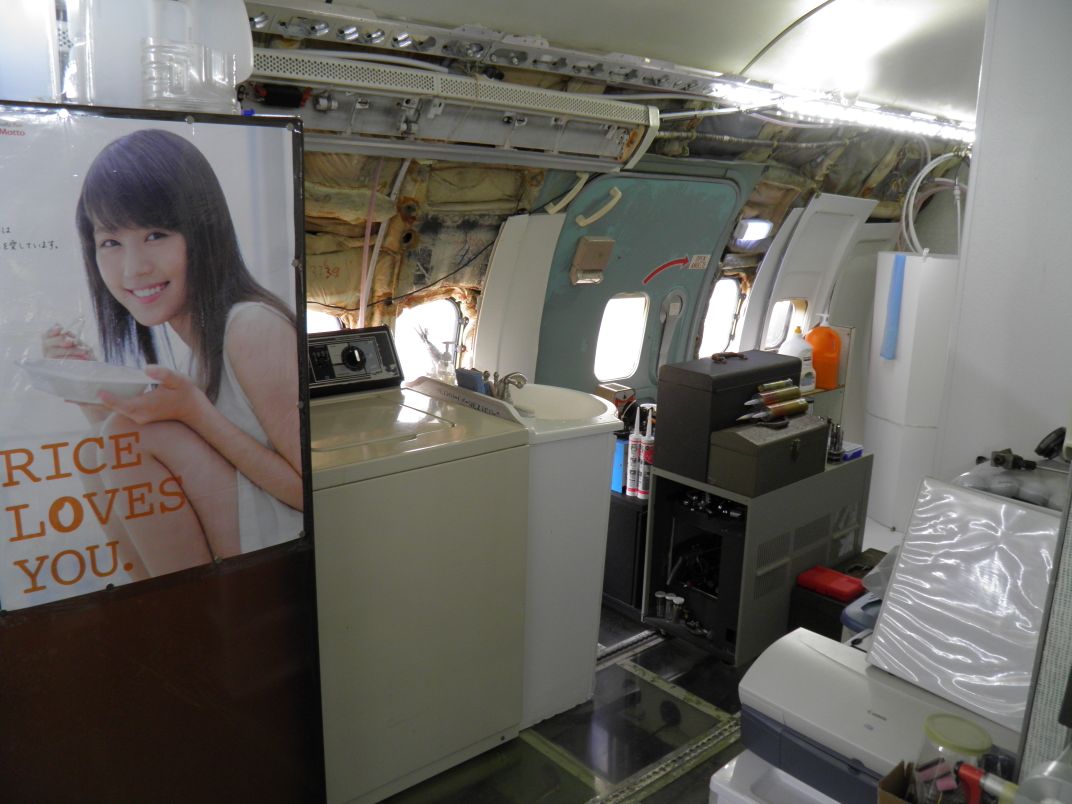
/https://tf-cmsv2-smithsonianmag-media.s3.amazonaws.com/filer/a4/eb/a4eb6a67-b513-48d0-8411-998f3d1acf8a/exterior_wide_cropped.jpg)
/https://tf-cmsv2-smithsonianmag-media.s3.amazonaws.com/accounts/headshot/Screen_Shot_2014-06-23_at_2.31.39_PM.png)